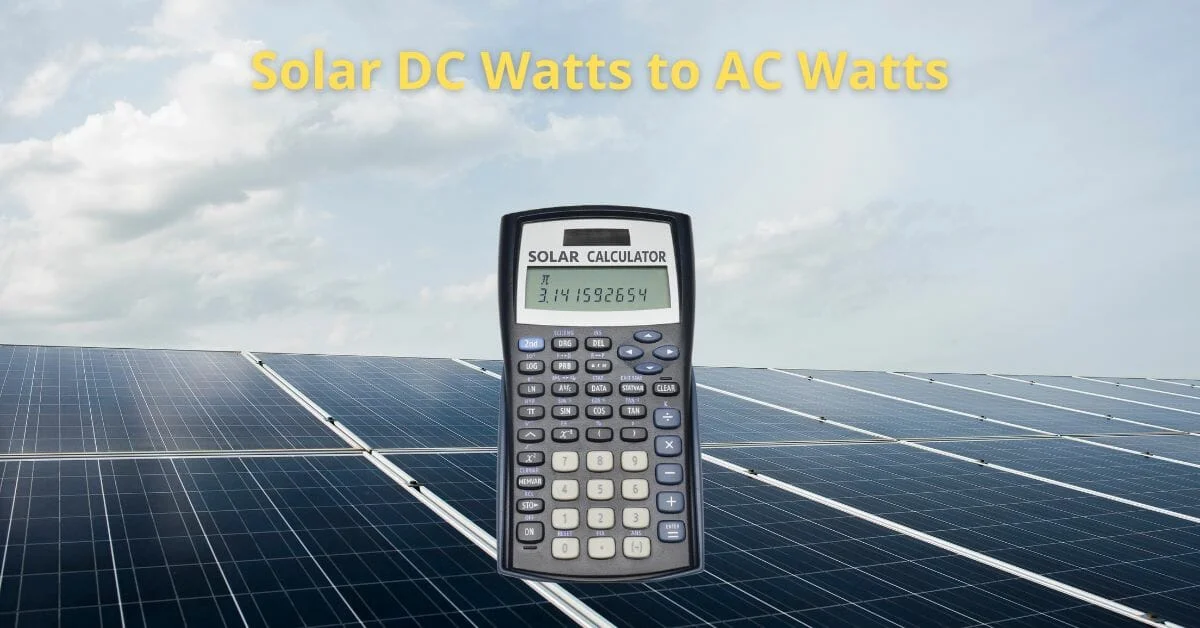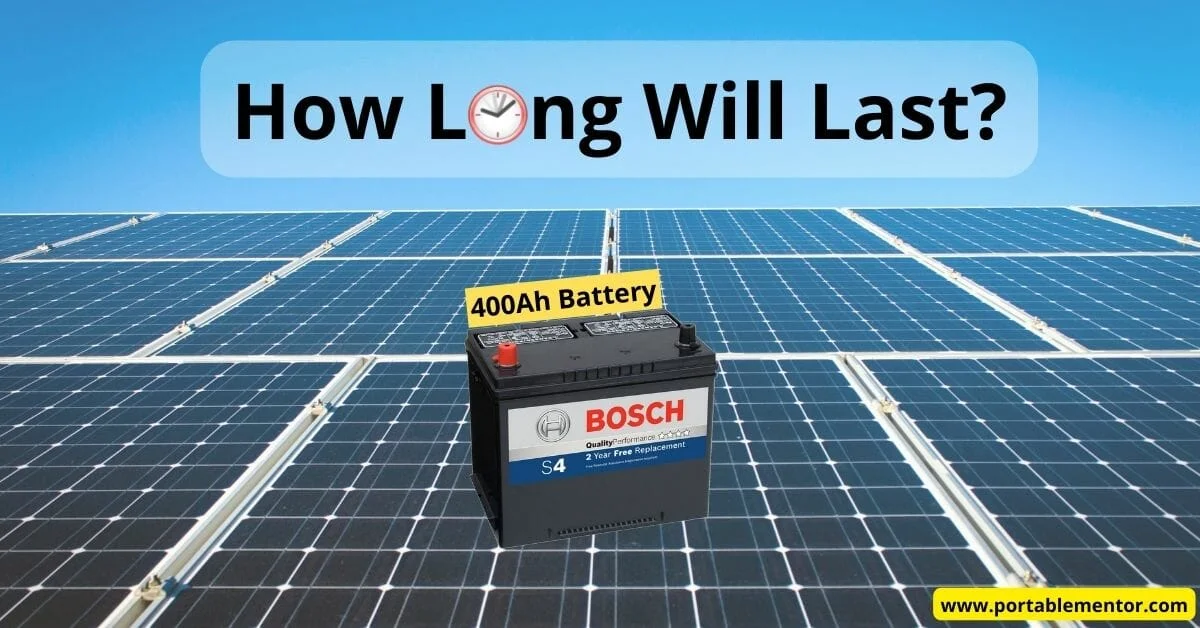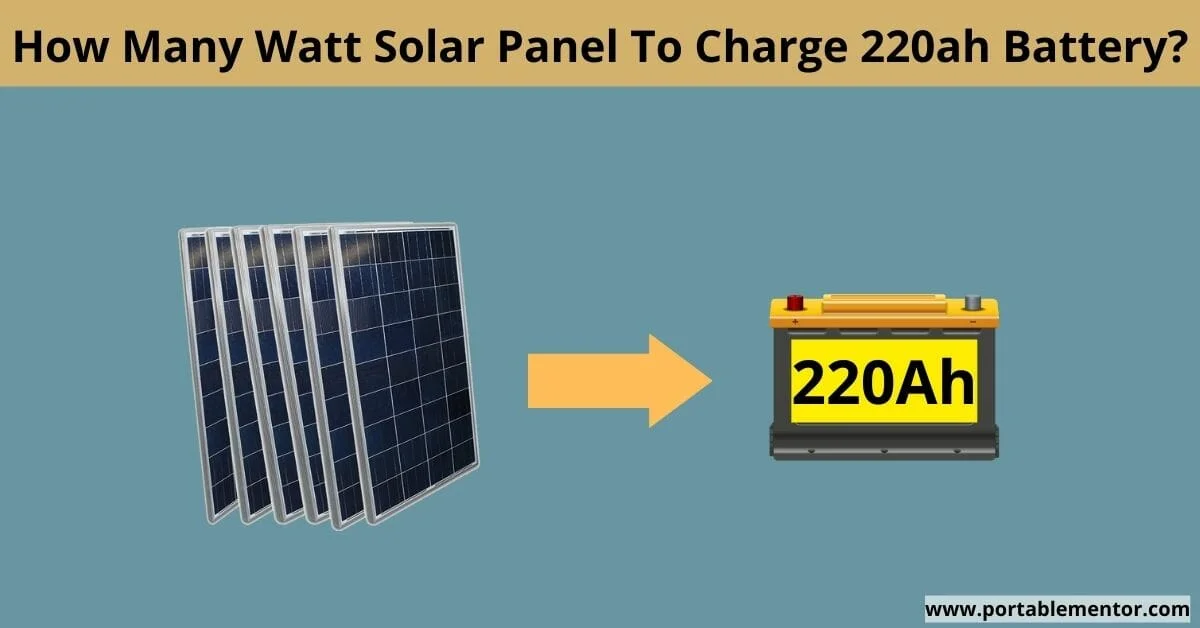When it comes to connecting multiple solar panels together, you have two options: series or parallel connections. So, you may ask, is it better to connect solar panels in series or parallel?
The choice between series and parallel depends on the voltage and current characteristics of the solar panels.
Is It Better to Connect Solar Panels in Series or Parallel?
In general, it is better to connect solar panels in parallel if they have the same voltage but different current (amps). On the other hand, if the panels have the same current but different voltage, it is better to connect them in series.
If all the solar panels have the same size (same wattage, voltage, and current), then it doesn't make a significant difference whether you connect them in parallel or series.
Quick answer: If you need quick and straightforward answers about which one would be best for you, scroll all way down to the Summary session.
Series Vs Parallel Connection: Side By Side Test
Here's a video on a series vs parallel connection side-by-side comparison.
NOTE: This test is based on if you have the same size solar panels connected in series or parallel. To learn more about different sizes of solar panels keep reading.
key Difference Between Parallel and Series Connection
The key difference between parallel and series connections is:
- Parallel connection: The voltage of the solar panel will stay the same but the amps will add up.
- Series connection: The amps of the solar panels will stay the same but the voltage will add up.
Now let's discuss some advantages and disadvantages of having parallel and series connections. And what to do when you have different-sized solar panels.
Solar Panels In Series
Wiring Diagram
Series Connection: Advantages
- Connecting solar panels in series can indeed provide higher efficiency compared to parallel connections when charging batteries. But you'd need an MPPT charge controller.
- Connecting your solar panel in series will make it more efficient due to the low current passing. So, you don’t have to use thicker gauge wire (which can save you a lot).
- Series connections can be more efficient during cloudy or low-light conditions.
Example: Charging battery
Batteries require a slightly higher voltage than the nominal voltage to charge. For instance, a 12V 100Ah battery typically requires a voltage between 12-14 volts, depending on its state of charge.
Suppose you have two 12V 100W solar panels, which produce about 18-20 volts under ideal sunlight conditions. If you connect them in parallel to charge a 12V battery, each panel would operate at approximately 75% of its capacity.
However, if you connect the panels in series, they would only need to operate at around 37% of their capacity to charge the same battery.
Important Note: To charge a 12v battery with a 24v solar panel system you need an MPPT charge controller. This will regulate the panel's output voltage to 12-14 volts to safely recharge the battery and will increase the amps to cover up the losses.
Series Connection: Disadvantages
- If one panel is shaded, the output of the whole system decreases.
- Requires an MPPT (Maximum Power Point Tracking) charge controller, which is more expensive than a PWM (Pulse Width Modulation) controller.
- If one panel has a lower voltage, the overall system voltage drops, resulting in power loss.
How Many Solar Panels Can Be Connected To The Series?
The number of solar panels that can be connected in a series depends on the voltage rating of each panel and the maximum input voltage rating of the device being used to convert the solar energy into usable electricity, such as a charge controller or inverter.
To determine the maximum number of panels that can be connected in series, you need to divide the maximum input voltage of the device by the voltage rating of each panel.
For example, if the maximum input voltage of your charge controller is 150 volts and the voltage rating of each panel is 25 volts, then you can connect up to 6 panels in a series (150 ÷ 25 = 6).
It's important to note that connecting too many panels in a series can lead to a high voltage that may exceed the maximum input voltage of your device, which can cause damage and reduce the efficiency of your system.
Must read: How Many Watts Can A Charge Controller Handle?
Solar Panels In Parallel
Wiring Diagram
Parallel Connection: Advantages
- If one solar panel receives shading or encounters a fault, it will not significantly affect the performance of the other panels.
- Parallel connections are suitable when you have multiple solar panels with the same voltage but different amperage.
Example
Let's say, you have a 12v 200W solar panel operating at 18V and 11.1 Amps, and a 12v 100W solar panel operating at 18V and 5.5 Amps.
If you connect these panels in series, the amps will add up.
Total amps = 11.1 + 5.5 = 16.6 amps and 18 volts.
The total wattage will be 300 watts (16.6 × 18 = 300 watts)
On the other hand, if you connect them in parallel, the voltage will add up.
The total amps would have been 5.5 and voltage = 18 + 18v (36v)
The total output would have been 198 watts (36 × 5.5 = 198 watts)
Parallel Connection: Disadvantages
- The increased current output in a parallel connection requires thicker wires, which can be more expensive.
- Power losses may occur due to the resistance in the wiring system caused by the higher amperage.
How Many Solar Panels Can Be Connected Parallel?
You can connect as many solar panels as you want in parallel. However, as a general rule of thumb, it is recommended to ensure that the total amp output of your single solar array does not exceed 80-100 amps. This helps to prevent overloading the system and ensures safe and efficient operation.
Mixing Different Size Solar Panels
When dealing with different sizes (wattage, brand, voltage) of solar panels, there are two options to maximize their efficiency:
- Connecting Each Panel to its Own Charge Controller: If you have two different solar panels with varying sizes, it is recommended to connect each panel to its own dedicated charge controller when charging a single battery bank. This allows each panel to operate independently and optimize its output based on its individual characteristics.
- Wiring Multiple Panels Together: Another option is to wire multiple panels together to achieve the same output as a single mismatched panel. For instant, wiring two 12V panels in series and then in parallel with a 24V panel can equalize the voltage and increase the current, effectively creating a 100W 24V panel. You'd need an MPPT charge controller because it helps in dropping the voltage and increasing the current to maximize the output.
Summary: Series Vs Parallel Which Is Better For You?
Rooftop With Shading
When dealing with shading on your rooftop, it is recommended to use a parallel connection type for your solar panels. This is because shading can significantly reduce the performance of solar panels, and in a parallel connection, the overall system performance will not be affected by shading on individual panels.
For Cloudy Areas
In areas where there are frequent cloudy days, it is advisable to use a series connection type. By connecting the panels in series, the combined voltage increases, which can help compensate for the reduced sunlight and ensure a more consistent power output.
solar panels with Same Amps but Different Voltage
If you have multiple solar panels with different voltages but the same amperage, a series connection type is suitable. This configuration allows the voltages to add up while keeping the amperage constant.
solar panels with Same Voltage but Different Amps
If you have multiple solar panels with different amperages but the same voltage, a parallel connection type is recommended. By connecting them in parallel, the amperages will add up while maintaining a consistent voltage.
Most Effective Connection Type
If all your solar panels are the same size, the choice between series and parallel connection types doesn't significantly impact the overall performance. However, a series connection may offer slightly higher efficiency during the morning and evening periods.
Related FAQ's
Yes, you can connect solar panels of different wattages in a series connection. When you connect them in series, the voltages of the panels add up, while the amperage remains the same. This allows you to increase the overall voltage output of the solar array.
In terms of effectiveness, a series connection can be more advantageous in certain situations. It provides higher voltage output, which can be beneficial during cloudy days or during sunrise and sunset when the sunlight intensity is lower. By connecting panels in series, you can ensure that your solar panels start generating power as soon as the sun rises in the morning.
To connect solar panels in series, you need to connect the negative terminal of one panel to the positive terminal of another panel. This series connection results in an increased voltage while keeping the amperage the same.


